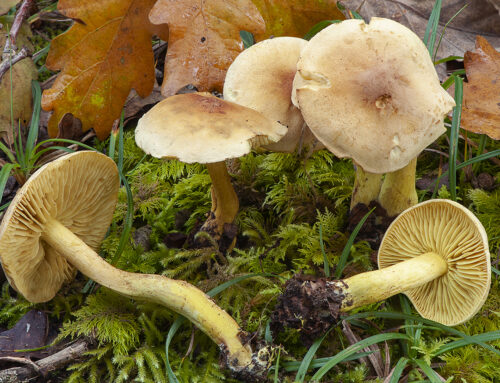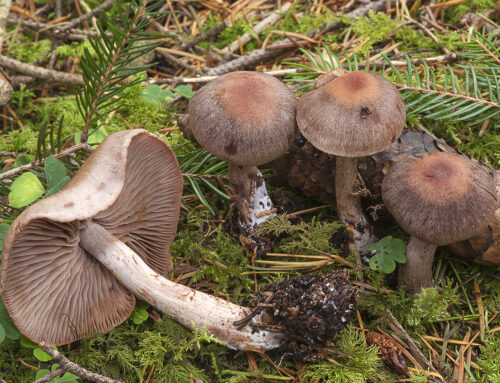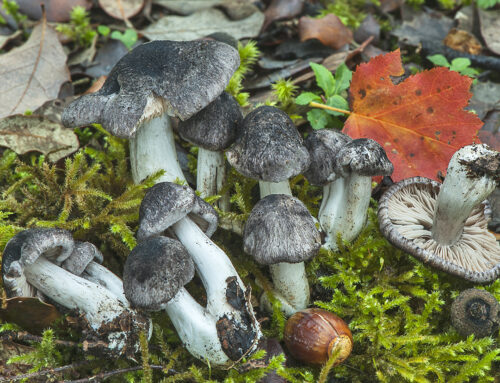Autors: Biketova AYu, Svetascheva TYu, Taylor AFS, Simonini G, Gelardi M, Morozova OV, Polemis E, Muñoz JA, Albert L, Saitta S, Wasser SP, Nevo E, Zervakis GI, Vizzini A & Dima B.
IMA Fungus 16: e144731
DOI:10.3897/imafungus.16.144731
Keywords: Agaricomycetes, biogeography, Boletales, taxonomy, diversity, phylogeny, xerocomoid fungi
Abstract
Hortiboletus (the former Xerocomus rubellus species complex) is one of the most taxonomically critical and difficult genera for species identification in the family Boletaceae. Here, we provide a detailed morphological and molecular re-assessment of European and Levantine species of Hortiboletus. A new species, H. hershenzoniae, is described from Israel. It is sister to H. engelii and associated with the evergreen oak Quercus calliprinos and potentially also with Q. ithaburensis. Based on the sequence retrieved from INSDC, this species is also found in Lebanon. Accurate morphological descriptions, comprehensive sampling, type studies, biogeography, macro- and microphotographs and a historical overview on the nomenclatural issues surrounding H. rubellus, H. bubalinus, H. engelii, and H. hershenzoniae are given. An epitype collection is designated for H. rubellus. A key is provided for identification of the European and Levantine taxa. In addition, we propose a novel taxonomic combination Hortiboletus flavorubellus, which is conspecific with Boletus rubellus var. flammeus, based on the DNA barcoding and phylogenetic analysis of type material. Boletus harrisonii is also shown to be conspecific with H. campestris. A multilocus phylogenetic analysis of four markers (ITS, LSU, tef1-α, and rpb2) reveals that Hortiboletus is a sister genus to Xerocomellus. Using the Genealogical Concordance Phylogenetic Species Recognition method, at least 19 phylogenetic species and eight putative phylogenetic species of the genus Hortiboletus can be delimited. Based on multilocus analysis, it contains from 24 to 25 species-level clades worldwide, 17 out of which represent known species, one newly described and potentially six to seven undescribed species. Tandem repeat insertions within the ITS region (both in ITS1 and ITS2) are reported for the first time, not only in the genus Hortiboletus, but in the entire subfamily Boletoideae. Their identification and characterisation were based on Tandem Repeat Finder analysis and visual assessment of the ITS alignment.





Leave A Comment